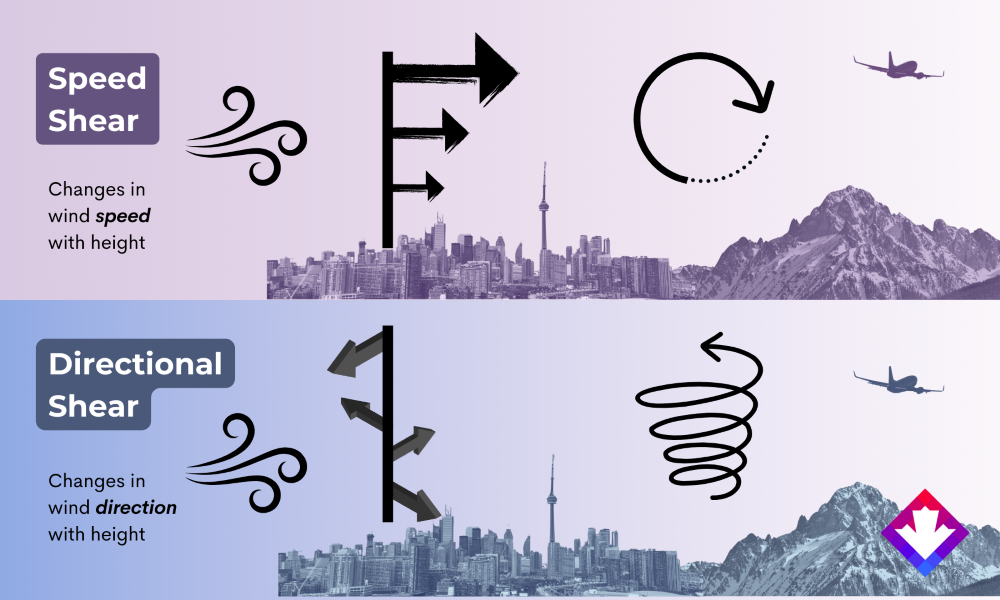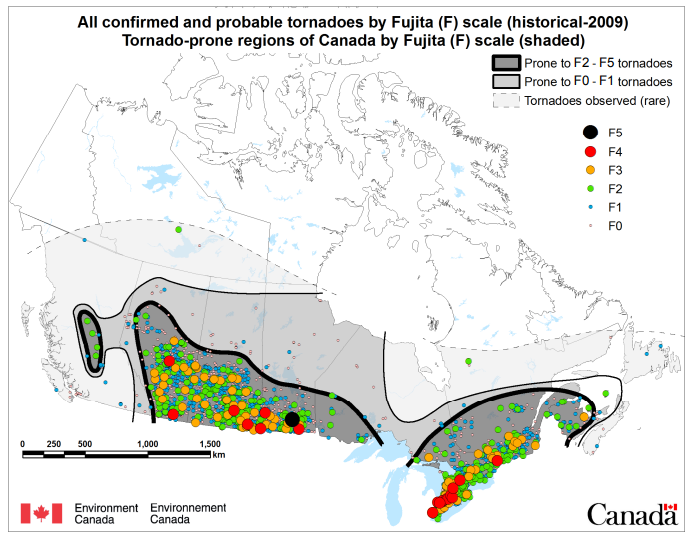How will climate change impact tornadoes in Canada?
The influence of climate change on tornado formation and intensification is a complex and actively researched topic. As the climate continues to warm, changes in the key drivers of tornadoes—instability, moisture, and wind shear—are anticipated. These changes could potentially alter tornado frequency, intensity, and geographical distribution, though the extent and nature of these changes remain highly uncertain.
Rising surface temperatures may enhance atmospheric instability, potentially leading to more frequent and severe thunderstorms. Warmer air holds more moisture, resulting in higher humidity levels. This increase in moisture can provide more energy to thunderstorms, possibly leading to more intense storm development under the right conditions. Wind shear patterns are also likely to be affected by climate change. A possible decrease in wind shear due to a reduced temperature gradient between the poles and the equator has been cited as a factor that could mitigate the formation of severe thunderstorms in some regions of North America.
Additionally, changes in jet stream patterns driven by climate change can influence tornado activity, potentially altering the geographical distribution and timing of tornadoes. For example, the tornado season could start earlier than usual. More northernly parts of Ontario, Quebec, and the Prairies might become more prone to tornado occurrences as weather patterns shift northward along with rising temperatures. That said, the cumulative impact of these changes on tornado formation is still not well understood.
Several other factors, beyond changes in the drivers of severe weather, complicate the determination of how climate change will affect tornado activity, namely:
- Limited Data: The scarcity of long-term tornado records makes it difficult to establish clear trends in tornado frequency or intensity (Box 3).
- Modeling Limitations: Due to their coarse spatial resolution, climate models do not capture the small-scale and rapidly evolving atmospheric conditions that drive tornado formation.
- Complex Atmospheric Interactions: Tornadoes result from the interaction of multiple atmospheric elements. Modelling these interactions remains a significant challenge.










